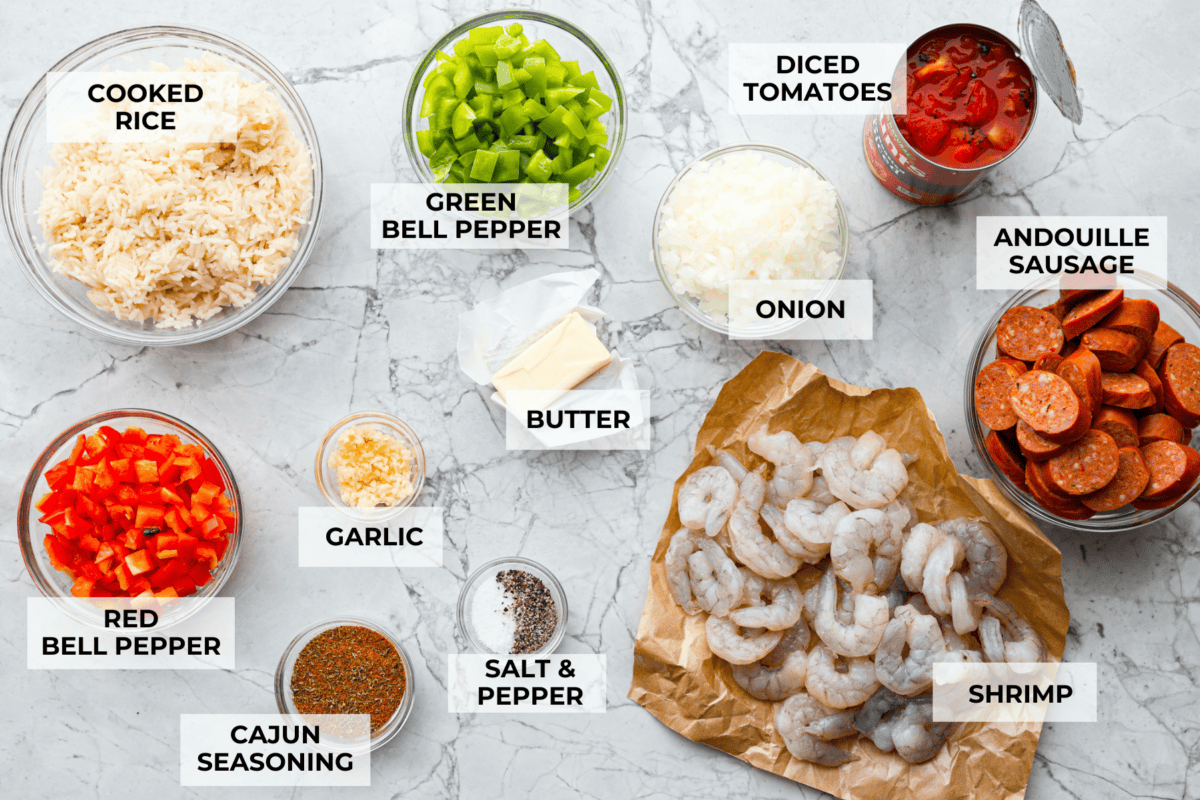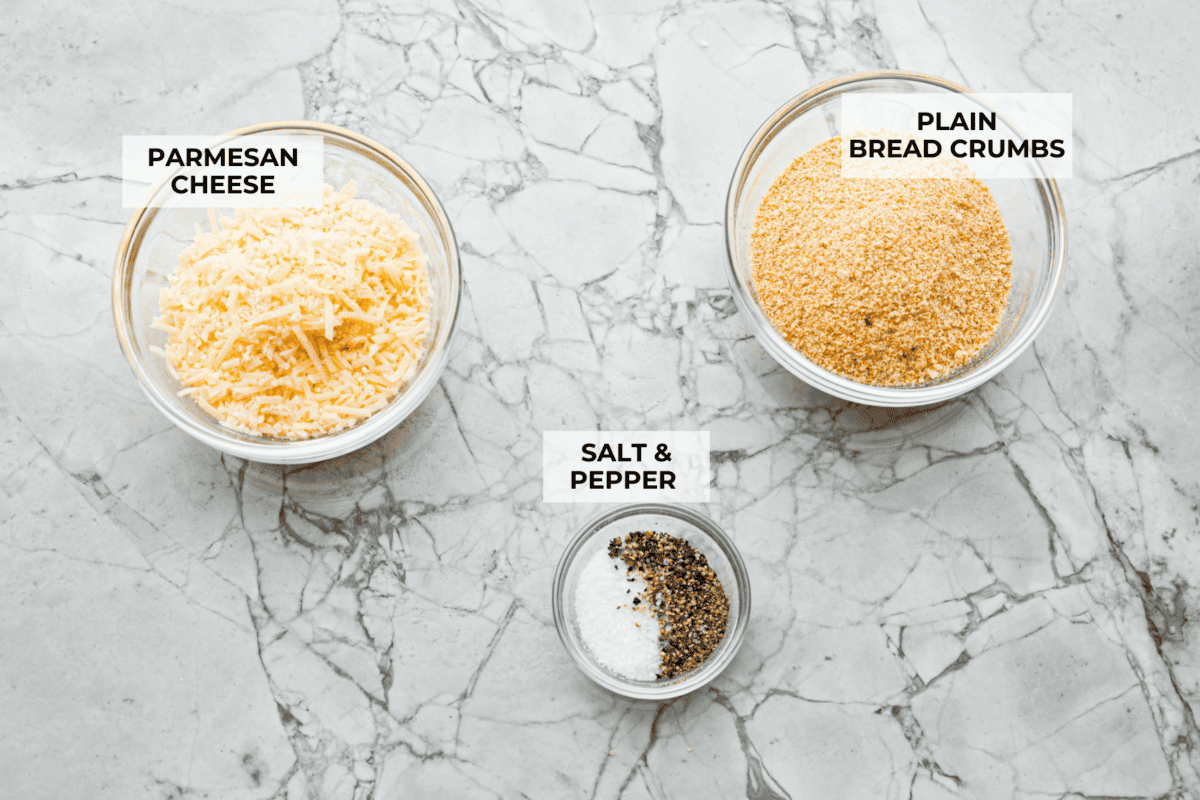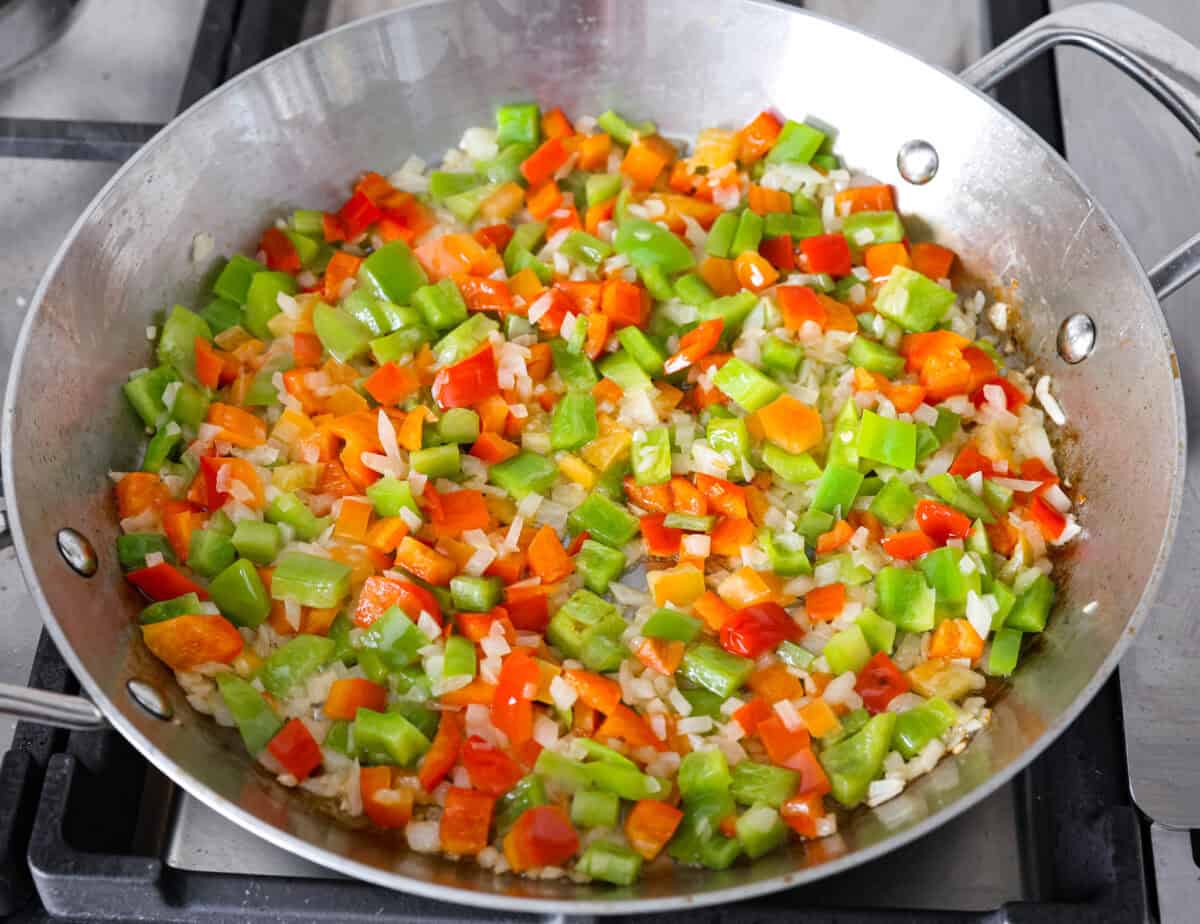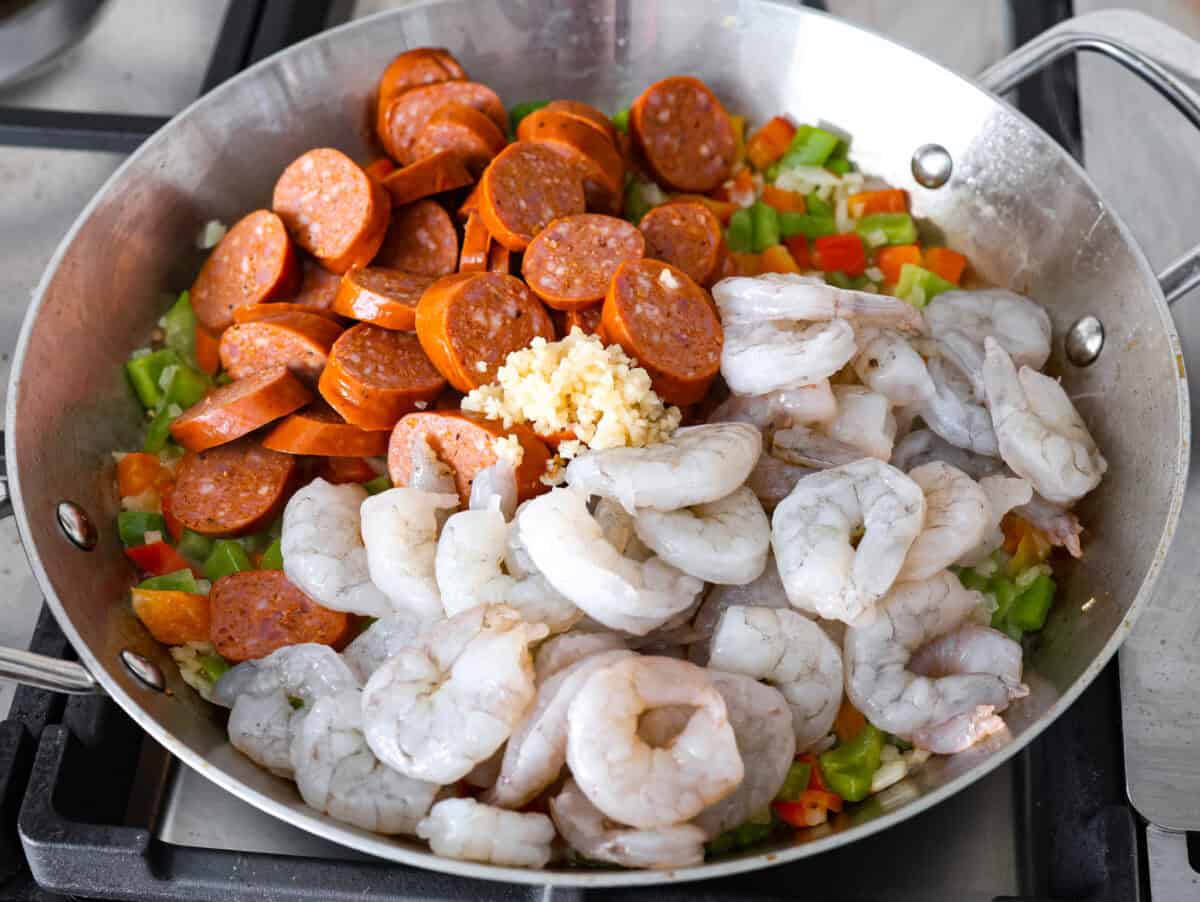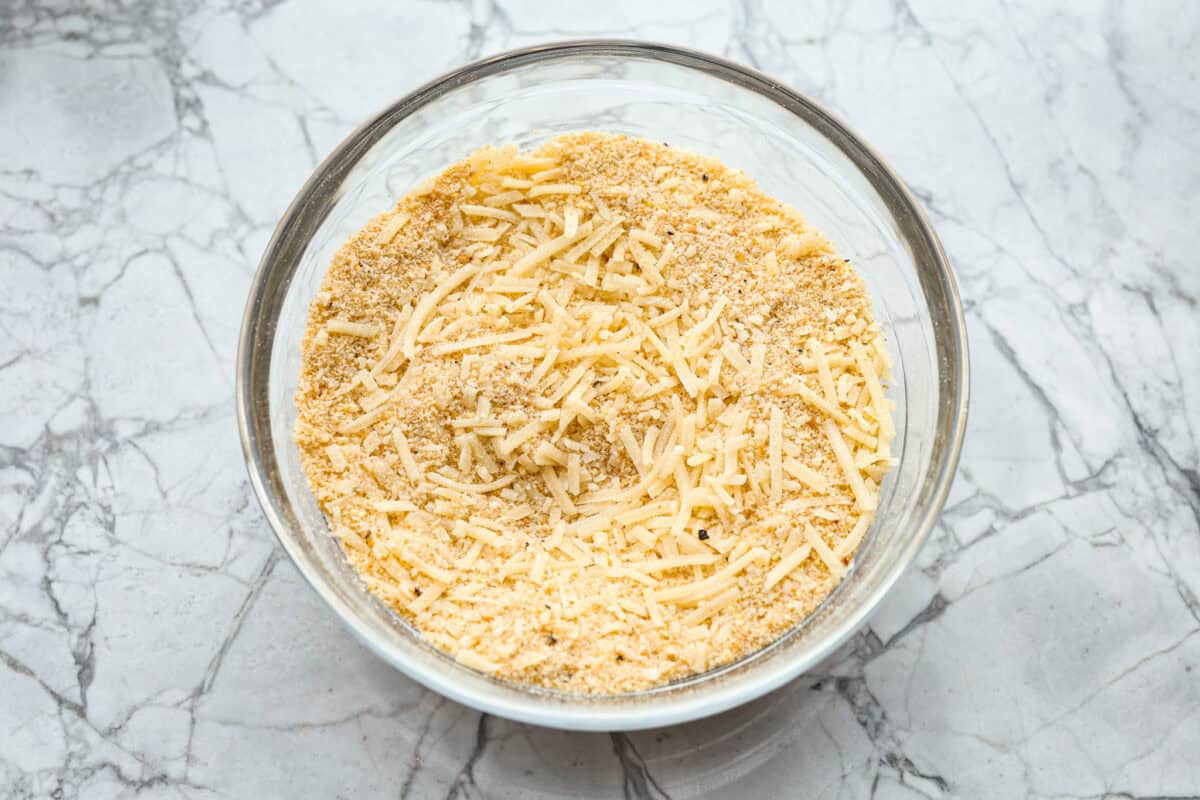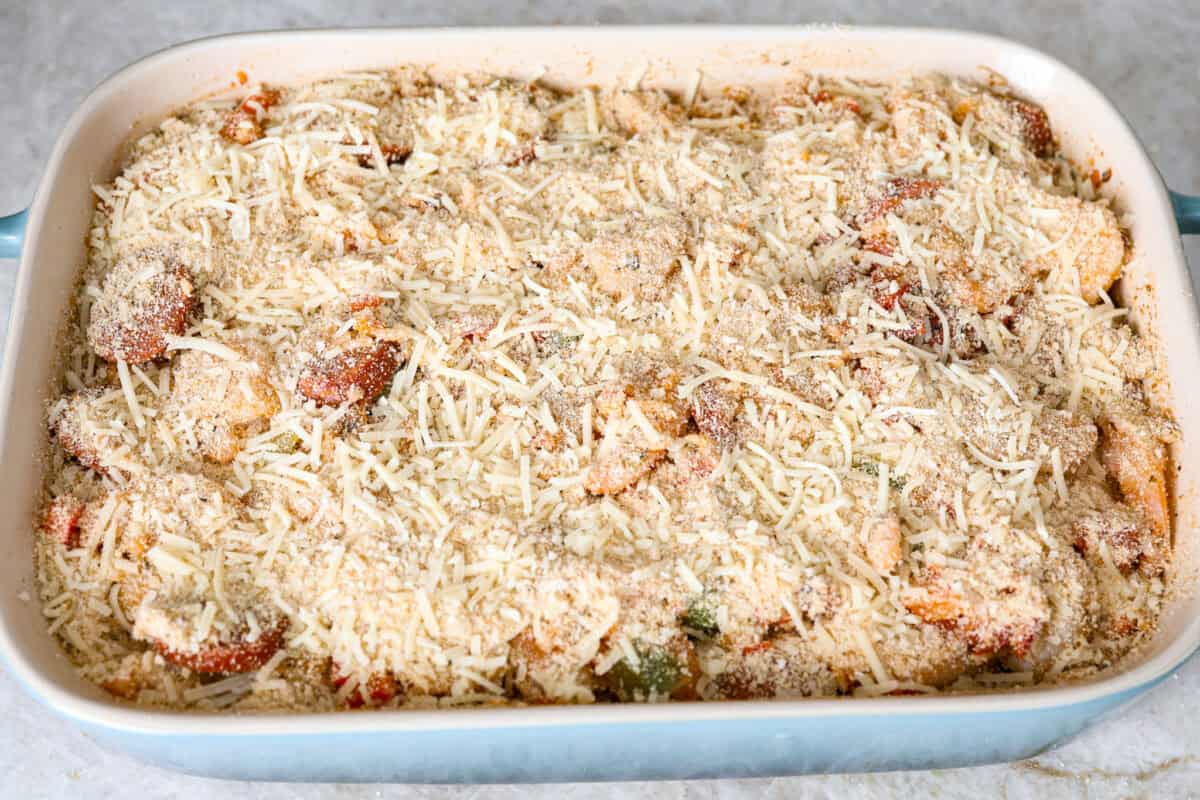Starting a business in Pennsylvania can feel like navigating a maze. You need to know the steps to take and the order to take them in. Here’s a straightforward guide to help you get started.
What is the Process to Starting a Business in Pennsylvania?
Feeling overwhelmed by the idea of starting your own business? You’re not alone. Many aspiring entrepreneurs worry about making the right choices from the get-go.
Develop a strong business plan: Your business plan should outline your objectives, target market, and financial projections. It will help you stay focused and attract potential investors.
Choose a business structure: Decide whether you want to operate as a sole proprietorship, LLC, or corporation. Each structure has its own legal and tax implications, so choose the one that best suits your needs.
Select a business name and register it with the state: Pick a unique name for your business and check its availability on the Pennsylvania Business Entity Database. Once you find an available name, register it with the Pennsylvania Department of State.
Obtain necessary licenses and permits: Depending on your business type, you may need various licenses and permits. These could include a general business license, professional licenses, and health permits.
Register for state and federal taxes: Obtain an Employer Identification Number (EIN) from the IRS. Register with the Pennsylvania Department of Revenue for state taxes, including income tax, sales tax, and employer withholding tax.
Open a business bank account: Separate your personal and business finances by opening a business bank account. This will help you manage your finances more effectively and maintain clear records for tax purposes.
How to Register a Business Name in Pennsylvania
Choosing the perfect name for your business is exciting, but it comes with its own set of challenges. What if someone else has already snagged your dream name?
Conduct a Name Search
Before you can register your business name in Pennsylvania, you need to ensure that the name you want is available. Start by checking the PA Business Entity Database. This database will show you if another business has already registered the name you have in mind. It’s a quick and easy way to avoid potential conflicts and ensure your business name is unique.
File a Name Registration Form
Once you’ve confirmed that your desired name is available, the next step is to file a name registration form with the Pennsylvania Department of State. This process involves filling out the necessary paperwork and submitting it along with the required fee. The fee varies, so check the latest rates on the Department of State’s website. Filing this form officially registers your business name, making it legally recognized in Pennsylvania.
Consider Trademarking the Name
While registering your business name with the state provides some level of protection, you might want to consider trademarking the name for additional legal security. Trademarking your business name can prevent others from using a similar name nationwide. To do this, file with the U.S. Patent and Trademark Office (USPTO). This step involves a separate application process and fee, but it offers broader protection and can be a valuable asset as your business grows.
What Business Licenses and Permits Are Required in Pennsylvania?
Securing the right licenses and permits is crucial for operating legally and avoiding future headaches. But figuring out exactly what you need can be confusing.
General business license: Obtain this from the municipality where your business will operate. Each city or town has its own requirements and fees, so check with local authorities.
Professional/occupational licenses: Specific professions like healthcare, cosmetology, and real estate require these licenses. Verify the requirements with the relevant state boards or agencies.
Sales tax permit: If you plan to sell taxable goods or services, you need a sales tax permit. Register for this through the Pennsylvania Department of Revenue.
Employer Identification Number (EIN): Required for most businesses with employees, this number is issued by the IRS. Apply online to get your EIN.
Zoning permits and building permits: Ensure your business location complies with local zoning laws. If you plan to construct or renovate a building, obtain the necessary permits from your local zoning office.
Health permits: Food businesses must get health permits. Contact your local health department to understand the specific requirements and inspection processes.
Environmental permits: Depending on your business activities, you may need environmental permits. These are typically required for businesses that impact air, water, or land quality. Check with the Pennsylvania Department of Environmental Protection for guidance.
How to Register for State and Federal Taxes in Pennsylvania
Taxes can be one of the most daunting aspects of starting a business. But getting it right from the start can save you a lot of trouble down the road.
Obtain an EIN from the IRS
An Employer Identification Number (EIN) is necessary for most businesses with employees. This number identifies your business for tax purposes. To get an EIN, visit the IRS website and complete the online application. The process is straightforward, and you will receive your EIN immediately upon completion. This number is essential for opening a business bank account, filing taxes, and hiring employees.
Register with PA Department of Revenue
If your business has employees or sells taxable goods and services, you must register with the Pennsylvania Department of Revenue. This registration is done through the PA Business Tax Hub, an online portal that simplifies the process. Once registered, you will receive a Pennsylvania Tax ID, which you will use for state tax filings. This step ensures compliance with state tax laws and allows you to collect and remit sales tax if applicable.
Determine Which State Taxes Apply to Your Business
Understanding the various state taxes that apply to your business is crucial for compliance and financial planning. Here are the primary taxes you may need to consider:
Income taxes: Pennsylvania imposes a flat state income tax on business earnings. Whether you operate as a sole proprietorship, partnership, LLC, or corporation, you will need to file state income tax returns. The rate is currently 3.07%.
Sales and use tax: If your business sells taxable goods or services, you must collect sales tax from customers. The state sales tax rate is 6%, with some localities adding an additional percentage. You will need to file regular sales tax returns and remit the collected tax to the state.
Employer withholding tax: If you have employees, you must withhold state income tax from their wages. This tax is then remitted to the Pennsylvania Department of Revenue. You will need to file regular withholding tax returns and keep accurate records of all withholdings.
Unemployment compensation tax: Employers in Pennsylvania must pay unemployment compensation tax. This tax funds the state’s unemployment insurance program, which provides benefits to workers who lose their jobs through no fault of their own. The rate varies based on your business’s history and industry.
Understanding and registering for these taxes ensures your business operates legally and avoids penalties. Each tax has specific filing requirements and deadlines, so keep detailed records and stay organized.
5 Tips for Writing a Business Plan in Pennsylvania
Writing a business plan might seem daunting, but it’s your blueprint for success. A solid plan can guide your decisions and attract investors.
Define Your Business Concept and Target Market
Start by clearly defining what your business will offer. Identify the products or services you plan to provide and the unique value they bring to the market. Determine who your target customers are and what needs or problems your business will address for them. This clarity will guide your decisions and help you stay focused.
Conduct Thorough Market Research
Gather detailed information about your industry, competitors, and potential customers. Understand the market size, growth potential, and trends. Identify your main competitors and analyze their strengths and weaknesses. This research will help you spot opportunities and threats, allowing you to position your business effectively.
Outline Your Marketing and Sales Strategies
Detail how you plan to attract and retain customers. Describe your marketing channels, such as social media, email campaigns, or local advertising. Explain your sales process, from lead generation to closing deals. Include any promotional activities or partnerships that will help you reach your target audience. A well-thought-out strategy will increase your chances of success.
Create Realistic Financial Projections
Estimate your startup costs, operating expenses, and revenue. Include projections for at least the first three years. Break down your financials into monthly or quarterly segments to track progress. Factor in costs like rent, utilities, salaries, and marketing. Realistic projections will help you manage your finances and attract potential investors.
Seek Feedback and Revise as Needed
Share your business plan with trusted advisors, mentors, or industry experts. Gather their feedback and make necessary revisions. This step ensures your plan is comprehensive and addresses potential challenges. Regularly update your business plan as your business evolves to keep it relevant and useful.
What are the Best Resources for Small Businesses in Pennsylvania?
Starting a business is no small feat, and having the right resources can make all the difference. Pennsylvania offers a wealth of support to help you succeed.
Small Business Development Centers (SBDCs): SBDCs offer free consulting and low-cost training services. They assist with business planning, market research, and funding opportunities. Located throughout Pennsylvania, they provide personalized support to help you navigate the startup process.
SCORE mentorship program: SCORE connects you with experienced business mentors who offer free, confidential advice. Whether you need help with business planning, marketing, or financial management, SCORE mentors provide valuable insights and guidance.
Pennsylvania Small Business Assistance Network: This network offers a range of services, including business planning, financial analysis, and market research. They also provide access to funding sources and help you understand regulatory requirements.
Ben Franklin Technology Partners: Focused on technology-driven companies, Ben Franklin Technology Partners provide funding, business and technical expertise, and access to a network of resources. They support startups and established businesses looking to innovate and grow.
Entrepreneur Works: This organization offers loans, training, and one-on-one guidance to small business owners. They focus on underserved communities, helping entrepreneurs overcome barriers to success.
Bridgeway Capital: Bridgeway Capital provides flexible financing options to small businesses, including loans and lines of credit. They also offer business education programs to help you build financial literacy and management skills.
The Enterprise Center: The Enterprise Center offers business education, access to capital, and networking opportunities. They focus on minority-owned businesses, providing resources to help you grow and thrive in a competitive market.
TL;DR
- What: Steps to start a business in Pennsylvania.
- So What: Essential for legal compliance and smooth operations.
- Pros & Cons: Pros: ample resources; Cons: complex requirements.
- Bottom Line: Manageable with the right info and resources.
Ready to streamline your workforce management? At Homebase, we make work easier with comprehensive tools for scheduling, time tracking, payroll, and more. Get started today by signing up at Homebase.



































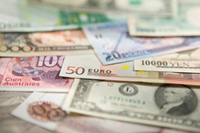 We might not like the idea of paying taxes, but without it, democracies will struggle to function, and will be unable to provide public services. This affects both rich and poor nations, alike.
We might not like the idea of paying taxes, but without it, democracies will struggle to function, and will be unable to provide public services. This affects both rich and poor nations, alike.



















